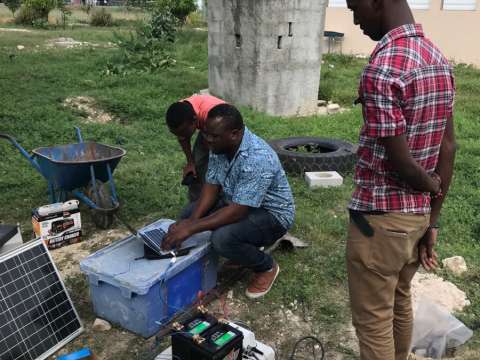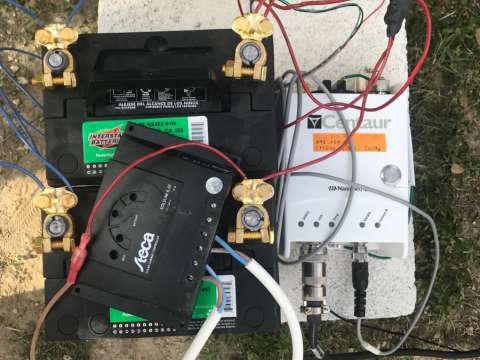
Under a scientific partnership between Cerema and the GEOAZUR laboratory (CNRS, IRD, OCA, Université de Nice Sophia Antipolis), work began to assess the seismic risk in Port au Prince following the earthquake on 12 January 2010.
The variability in seismic waves affecting the city was proven in university research projects carried out between 2012 and 2016 (on the master's programme and in Sadrac Saint-Fleur’s thesis).
This revealed amplified seismic waves nearer to the coast.

Following this research, the Université d’Etat de Haiti (EUH) and GEOAZUR obtained joint funding to carry out a seismological experiment in the area where major seismic amplification was observed, in an effort to better characterise and understand what was behind the phenomenon.
The results obtained will improve our ability to predict major seismic waves, so that they can be better taken into consideration when planning the development of Port-au-Prince, thereby making the city more resilient.

As part of this initiative, Etienne Bertrand from Cerema was enlisted to travel to Port-au-Prince from 18 August, in order to:
-
Take stock of existing seismic monitoring and seismological observation in Haiti
-
Provide a technology transfer with the use of portable seismology stations (CENTAURE stations on the French mobile network)
-
Identify sites and oversee the temporary installation of field stations
-
Give a presentation on the work currently underway, and seismic risk prevention, to the MouvGS team
The network has already recorded its first earthquakes on 23 September (5.2 magnitude) and 7 October (5.9 magnitude), which struck the north of Hispaniola island.
Analysing the data will provide a more accurate vision of seismic risk on the Cul-de-Sac plain in Port-au-Prince.

